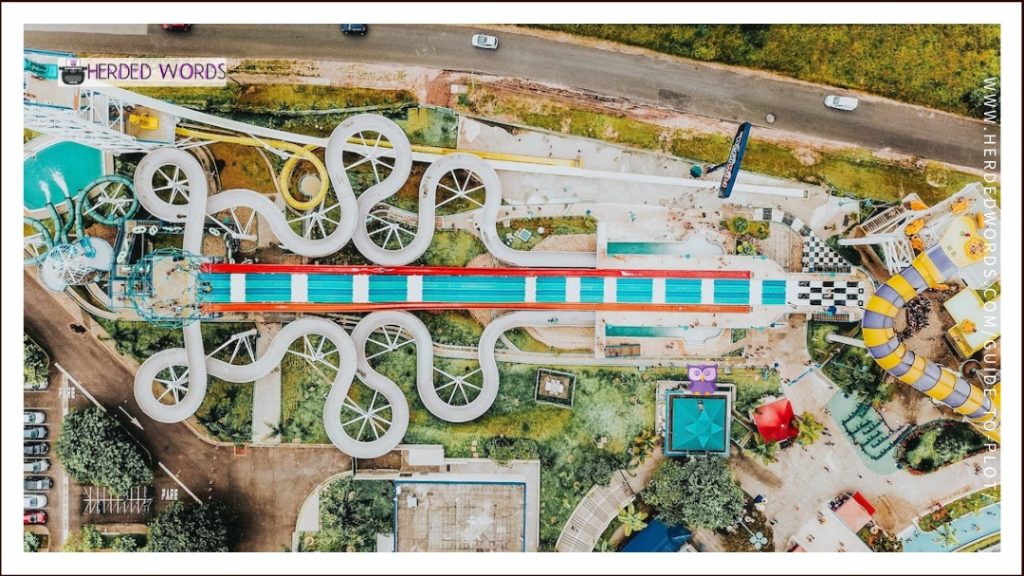
Listen to this post
Herdedwords.com uses affiliate links. This means we receive a commission on the sale of certain items. This is at NO additional cost to you. Visit the policies page to learn more.
Before we can even begin to talk about how to plot, how to use plot or the different types of plots, it’s important that you understand what plot is.
Table of Contents
What is Plot?
Plot is what happens. It is a sequence of events caused by prior events.
Let’s be clear: Plot is not random. It’s not just following along because things happen. It’s a sequence of events that are caused by one another.
Plot is often viewed as an intense, scary, crazy concept. But it’s not. Plot is as simple as: what happened because something happened.
Let’s break this down with an example:
Yesterday, I woke up. I ate breakfast. I packed up my laptop and went to my favorite coffee shop. I wrote for several hours. I met friends for dinner. We went to the movies after. I went home to bed.
This is a sequence of events. But it’s not a plot. None of those things caused the next thing(s) to happen. It was a regular day.
Here’s another example:
Last night, Beth went for drinks with her friends. Her husband, Steve, was angry when she got home at 3 am. They got in a huge row and she stabbed him.
This is a plot – or the start of one – because it has a sequence of events and a cause.

Plotting a Novel: Plot vs Subplot
A novel will have one main plot and one (or more) subplots.
Each plot will follow one sequence of events. One. If there’s another sequence, it will get a separate plot – a subplot.
Let’s work through an example.
Last night, Beth went for drinks with her friends. Her husband, Steve, was angry when she got home at 3 am. They got in a huge row and she stabbed him. Beth called an ambulance for her husband and at the hospital, the police arrested her.
This is the beginning of our main plot – and it’s an important event in any subplots.
Our main plot will continue to follow Beth through the arrest and trial. Every event that is part of this sequence, will be our main plot.
Subplots are other sequences of events. They can be related in any way.
The Story of Beth & Steve
Beth goes for drinks and is late getting home. She fights with her husband, Steve. Beth stabs Steve. She gets arrested and goes to jail. Steve wants a divorce but Beth tries to stay together. Beth goes to court. Beth is found guilty. Beth goes to jail. Steve forgives Beth and doesn’t divorce her.
| Subplot: Beth | Subplot: Steve | Subplot: Police |
| Beth goes for drinks. | Beth goes for drinks. | The police are called to the hospital. |
| Beth is late getting home. | Steve is. angry. | The police go to the house & hospital to gather evidence & statements. |
| Beth fights with her husband, Steve. | They fight when she gets home. | Beth gets arrested. |
| Beth stabs Steve. | Beth stabs Steve. | The police testify in court. |
| Beth gets arrested. | They go to the hospital. | Beth is found guilty. |
| Beth goes to jail. | Steve needs surgery. | Beth goes to prison. |
| Steve wants a divorce. | Steve is satisfied when Beth gets arrested. | The police move on to a new case |
| Beth tries to convince Steve she loves him | Steve wants a divorce. | The police feel ___ abut Beth going to prison. |
| Beth goes to court. | Beth tries to convince Steve she loves him. | |
| Beth is found guilty. | Beth is found guilty. | |
| Beth goes to prison. | Beth goes to prison. | |
| Steve forgives Beth. | Steve forgives Beth. |
In all our options, Beth getting arrested is a key feature at the beginning. Beth goes to prison ties them together at the end.
The subplots will differ but it’s important that they merge briefly at a couple of points to tie them together. If they’re never related, they wouldn’t be in the same story.
Another thing to note is that subplots don’t have to meet at the same place. A new subplot could be introduced in the middle of the book, or anywhere really.
They should all tie together near the climax so they can be tied up in the falling action. More on climax and falling action in the next section!
Plotting a Novel: Plot Structure
Plot is what happens. The Plot Structure is how an author shares the plot.
We’re going to discuss the most common plot structure which has 5 stages.
Exposition
Exposition is the beginning or introduction of the plot. It’s where things are set up, the characters are introduced and the conflict is hinted at.
Rising Action
The rising action is a series of escalating events leading to the climax. Things should get worse and worse until they reach the critical point.
Climax
The climax should bring the tension to its peak. Everything else has to lead to this moment.
Falling Action
The falling action is where the subplots are tied up. Life is settling back into normal – or adjusting to the new normal.
Resolution
Wrapping up the whole story.
Example: The Story of Beth & Steve
Using our own example plot, we could map it out on a plot diagram. Or if you’re not a visual person, you can write it:
The Story of Beth & Steve
| Exposition | Beth goes for drinks and is late getting home. She fights with her husband, Steve. |
| Rising Action | Beth stabs Steve. She gets arrested and goes to jail. Steve wants a divorce but Beth tries to stay together. Beth goes to court. |
| Climax | Beth is found guilty. |
| Falling Action | Beth goes to jail. |
| Resolution | Steve forgives Beth and doesn’t divorce her. |
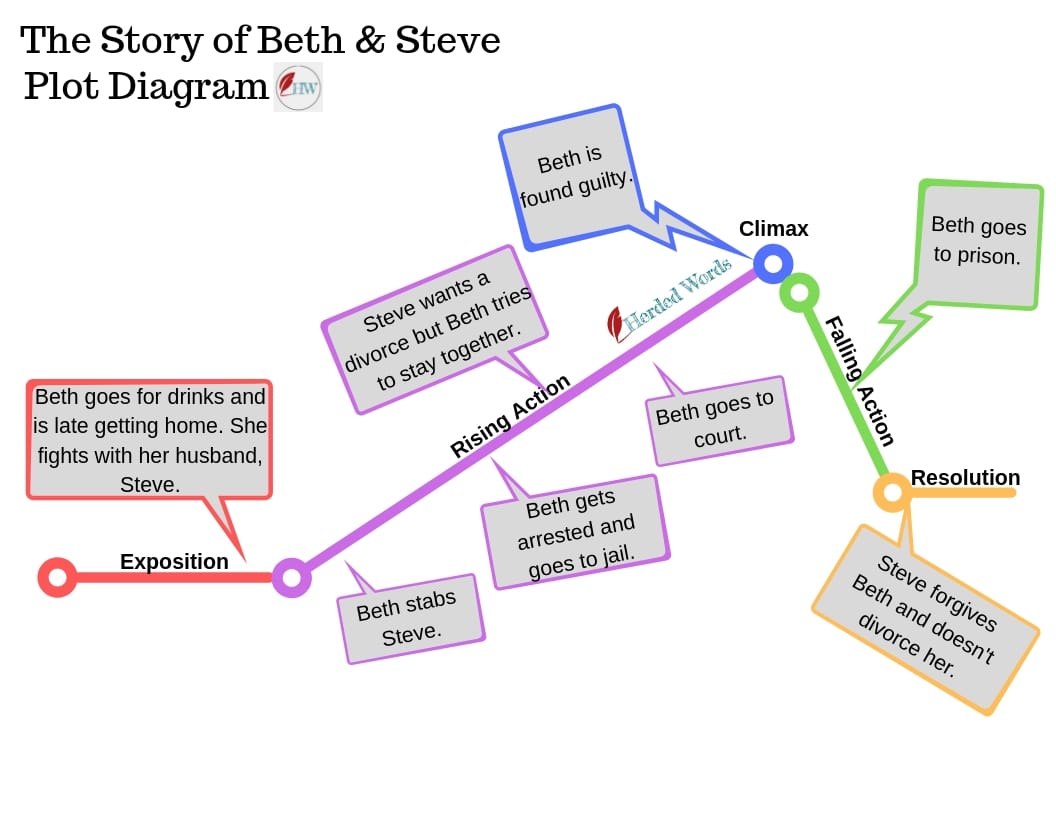
Plotting a Novel Examples
What about the plot structure of published works?
Next, we’re going to look at the plot of the bestselling novel THE GIRL ON THE TRAIN by Paula Hawkins. Then we’ll look at the plot of the award-winning novel THE GRAVEYARD BOOK by Neil Gaiman. And finally, we’ll examine the plot of the fairytale RUMPELSTILTSKIN by The Brothers Grimm.
THE GIRL ON THE TRAIN
THE GIRL ON THE TRAIN, published in 2015, is a mystery, thriller & suspense novel by Paula Hawkins. The movie was released in 2016.
THE GIRL ON THE TRAIN spent 26 weeks at #1 on the NYT bestseller list. It had sold an estimated 15 million copies worldwide by October 2016.
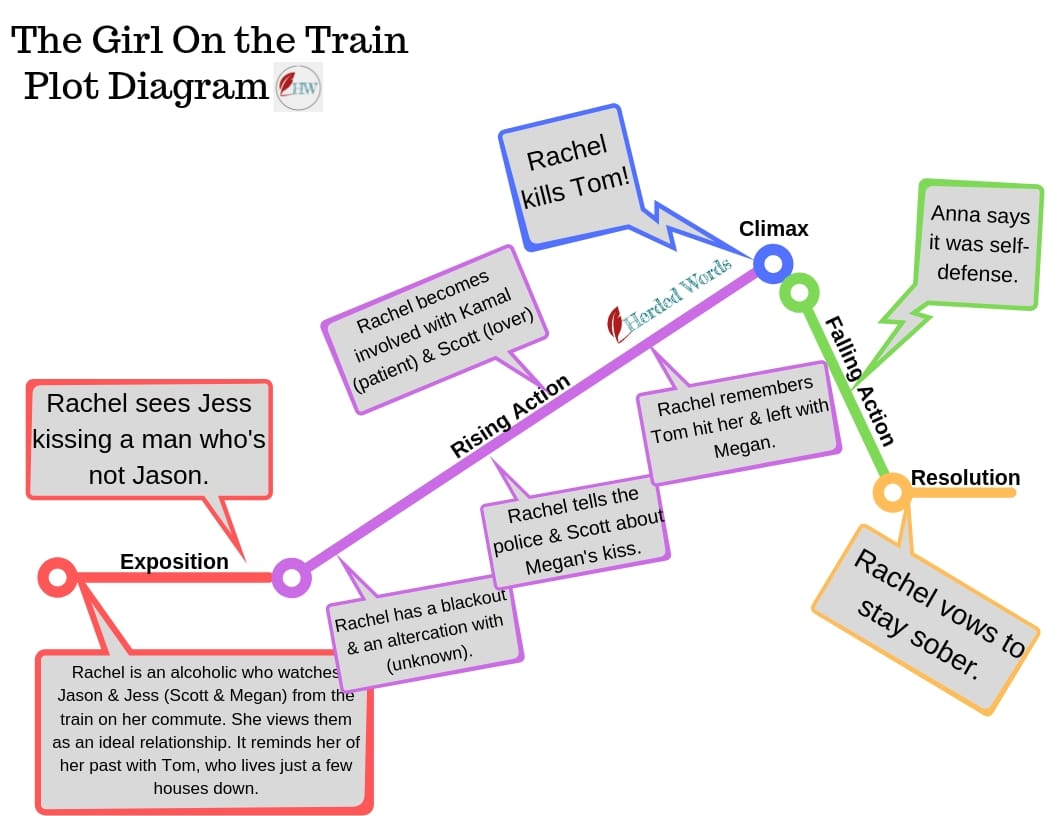
| Exposition | – Rachel watches Jason & Jess (Scott & Megan) from the train on her commute. – Rachel is an alcoholic who views Jason & Jess as an ideal relationship. It reminds her of her past with Tom, who lives just a few houses down. – One day, Rachel sees Jess kissing a man who’s not Jason! |
| Rising Action | – Rachel goes to see Scott (Jason) to tell him but instead has some kind of altercation with Tom & Anna. She blacks out and doesn’t remember much. – Rachel hears about a woman disappearing and realizes it’s Jess. – Rachel tells the police about Jess kissing another man. They disregard her. – Rachel tells Scott that Megan kissed another man. Scott suspects (and Rachel confirms) Megan’s therapist, Kamal Abdic. – Kamal is questioned by the police. He’s released. – Anna thinks Rachel is a serious threat to her family and worries that the police underestimate her. – Rachel sees Kamal, as a patient, in search of clues about the killing and to help her recover her memories. – Rachel has sex with Scott. – Scott attacks Rachel because she lied to him about knowing Megan. – Rachel thinks Scott killed Megan. – Rachel remembers that Tom is the one who hit her before getting into a car with a woman. – Anna finds a cell in Tom’s bag. She recognizes the voice in a message. – Rachel realizes the woman with Tom was Megan! |
| Climax | – Rachel goes to Anna’s house and begs her to leave. – Tom gets home. Rachel kills him. |
| Falling Action | – Anna told everyone that Rachel killed Tom in self-defense. |
| Resolution | – Rachel vows to stay sober. |
THE GRAVEYARD BOOK
THE GRAVEYARD BOOK, published in 2008, is a children’s fantasy novel by Neil Gaiman.
THE GRAVEYARD BOOK won the 2009 Hugo Award. Disney is planning a movie based on the novel.
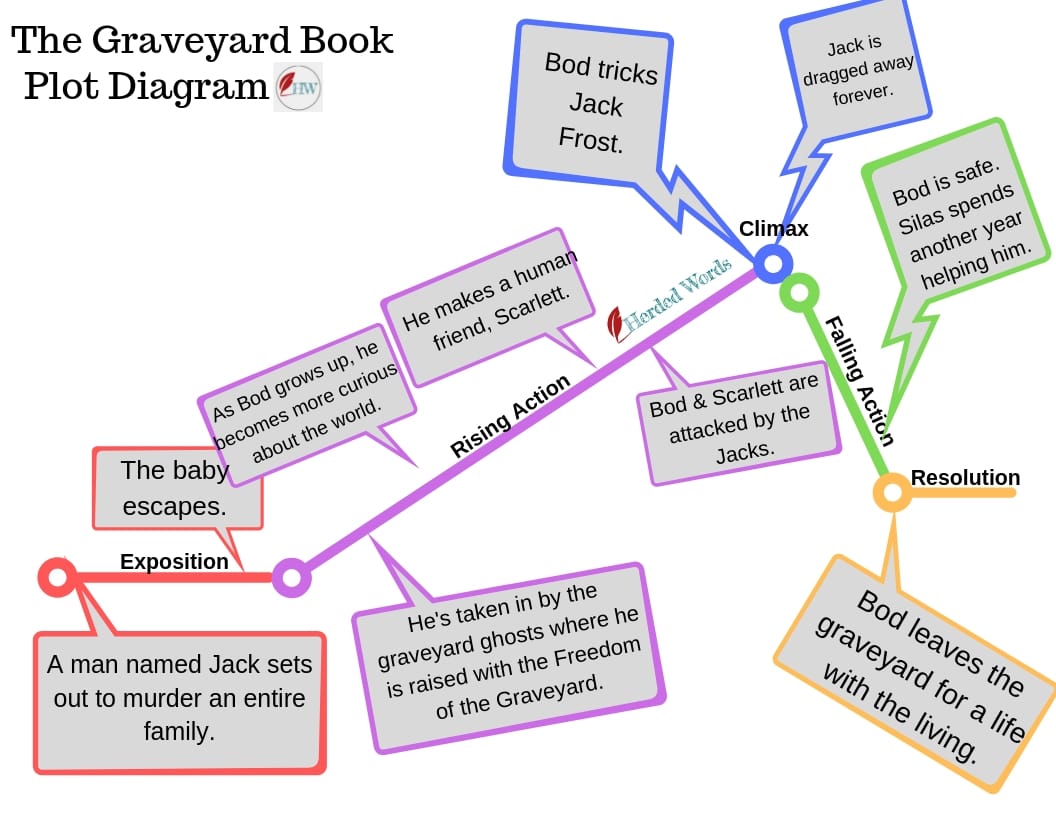
| Exposition | Nobody’s family is murdered by a man named Jack. Bod escapes and is taken in by the graveyard ghosts. |
| Rising Action | Bod grows up in the graveyard. He has the Freedom of the Graveyard which gives him many extra abilities. Bod becomes more curious about the outside world as he ages. He makes a friend, Scarlett. Bod & Scarlett are attacked by the Jacks. |
| Climax | Bod tricks Jack Frost and he’s dragged away forever. |
| Falling Action | Bod is safe now, Silas spends one more year helping him. |
| Resolution | Bod (now 15) must leave the graveyard and start a life with the living. |
RUMPELSTILTSKIN
The RUMPELSTILTSKIN fairy tale is said to have originated around 4,000 years ago. It has been widely adapted into comics, film, literature, toys, games, art, etc., Sur La Lune Fairytales is home to a fairly comprehensive list of adaptations.

| Exposition | The miller boasted to the king that his daughter could spin gold out of straw. The king was greedy and brought the daughter to the castle and demanded she spin a heap of straw into gold. |
| Rising Action | – The miller’s daughter traded a little man her necklace for spinning the straw into gold. – The next day, after being left with more straw to spin, she traded the little man her ring. – The third day, again after being left with more straw, she traded the little man her first child as queen. – The King was so pleased, he married her and they had a child. – The little man returned and a new trade was made. If the queen could speak his name, she could keep her baby. – She sent messengers out to find out his name. |
| Climax | – On the final day, one of the messengers learns his name. |
| Falling Action | – She tells him, Rumpelstiltskin – Rumpelstiltskin is so angry he injures himself. |
| Resolution | – Rumpelstiltskin runs away – The people laugh and are merry. |
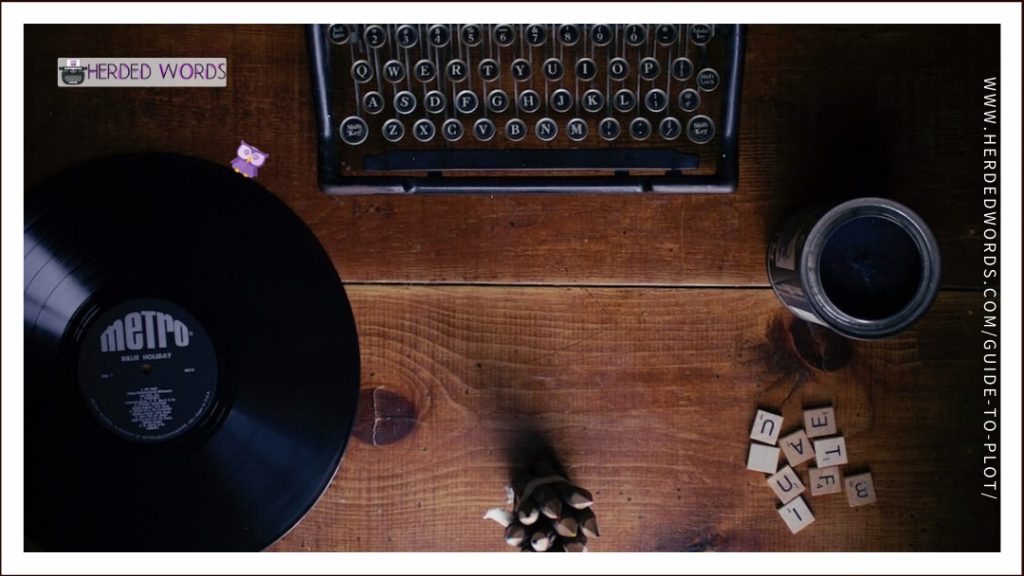
Writing Practice
Today is jammed full of writing exercises and prompts so you can practice plotting.
We’ll start by doing plot diagrams for LITTLE RED RIDING HOOD using the version LITTLE RED-CAP written by the Brothers Grimm.
If you have a story in progress (or an idea) you can then try making your own plot diagram.
Finally, we’ll make more detailed plot diagrams for THE GIRL ON THE TRAIN and RUMPELSTILTSKIN.
Exercise: Red’s Plot
LITTLE RED CAP is the story of Little Red Riding Hood going to visit her granny. Little Red Cap is the protagonist, but the story also, later, follows the wolf.
Your Task: Fill out a plot diagram for LITTLE RED CAP following Red’s plot.
Exercise: The Wolf’s Plot
Now that you can see how the plot works for Red, it’s time to check out the Wolf’s role.
Your Task: Fill out a plot diagram for the wolf’s plot.
RED: Both Plots
So Red has a plot (the main plot) and the Wolf has a plot. But are all the details of each individual plot required for an overall plot diagram? Let’s find out.
Your Task: Put both plots on a single diagram.
*Note: You do not need to use the exact same information from Exercises 1 and 2. You might need to add or omit information to make a complete diagram of the entire plot.
Think about it:
– What information do you merge to make a single diagram? Why?
– What information do you omit? Why?
– Do you feel the need to add anything? Why?
Exercise: Adapt RED
There are many modern adaptations of LITTLE RED RIDING HOOD. Try coming up with a plot for your own adaptation.
Need an idea? Check out one of these 5 modern adaptations of LITTLE RED RIDING HOOD.
Your Task: Make our own plot outline for a LITTLE RED RIDING HOOD adaptation.
Exercise: THE GIRL ON THE TRAIN Plots
Go back up to the plot diagram for The Girl On the Train. It’s a plot diagram of the overall plot, which is the main ideas but doesn’t include all the plot points. You’ll notice it’s very heavily focused on Rachel.
Your Task: Make plot diagrams for each plotline – Rachel, Megan, Anna (plus any others you think deserve their own: Tom? Scott? Kamal?).
Think about it:
– What information did you need to add to make complete plot lines for each?
– Why might knowing an individual plotline make it easier to write the novel?
Exercise: THE GRAVEYARD BOOK Plots
Go back up to the plot diagram for The Graveyard Book. It’s an overall plot diagram, which focuses almost exclusively on Bod.
Your Task: Make plot diagrams for each plotline – you should have at least 3.
Think about it:
– What information did you need to add to make complete plot lines for each?
– Why might knowing an individual plotline make it easier to write the novel?
Get Plotting!
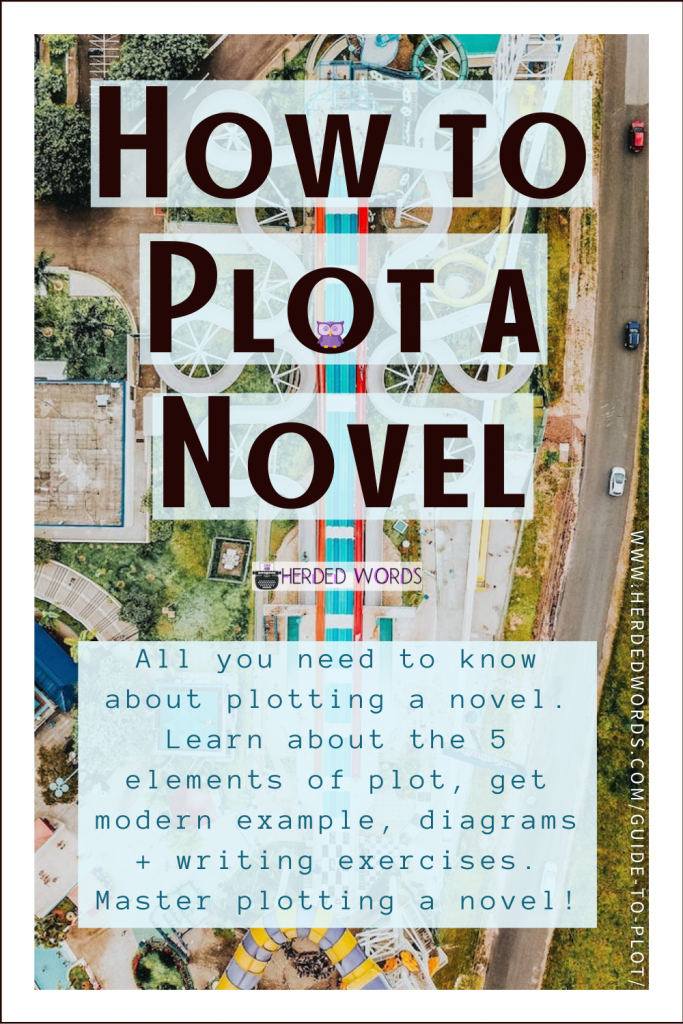
There’s more than one way to plot a novel and novels usually contain additional subplots. Don’t get overwhelmed. Start with a single plot and work from there.
The 5 elements of plot are a great overview of plot structure. It’s time for you to examine plots in detail. Check out How to Hook Your Reader next.
Like this post? Please PIN IT and follow me on social media. Thanks!
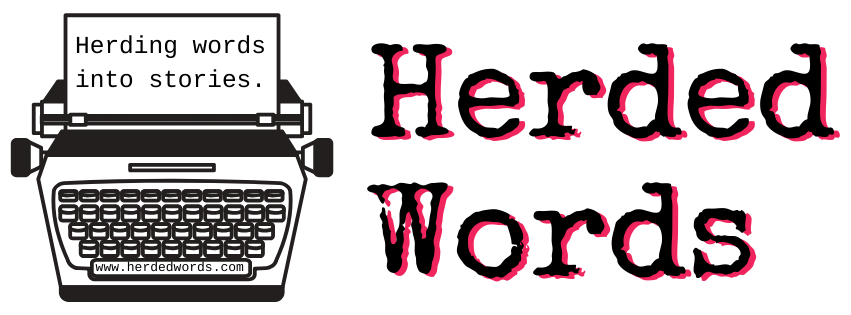
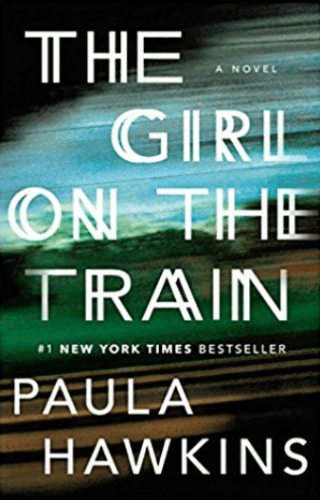
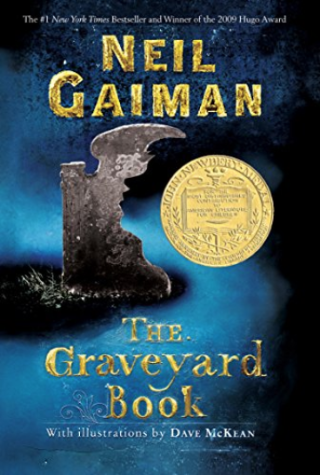

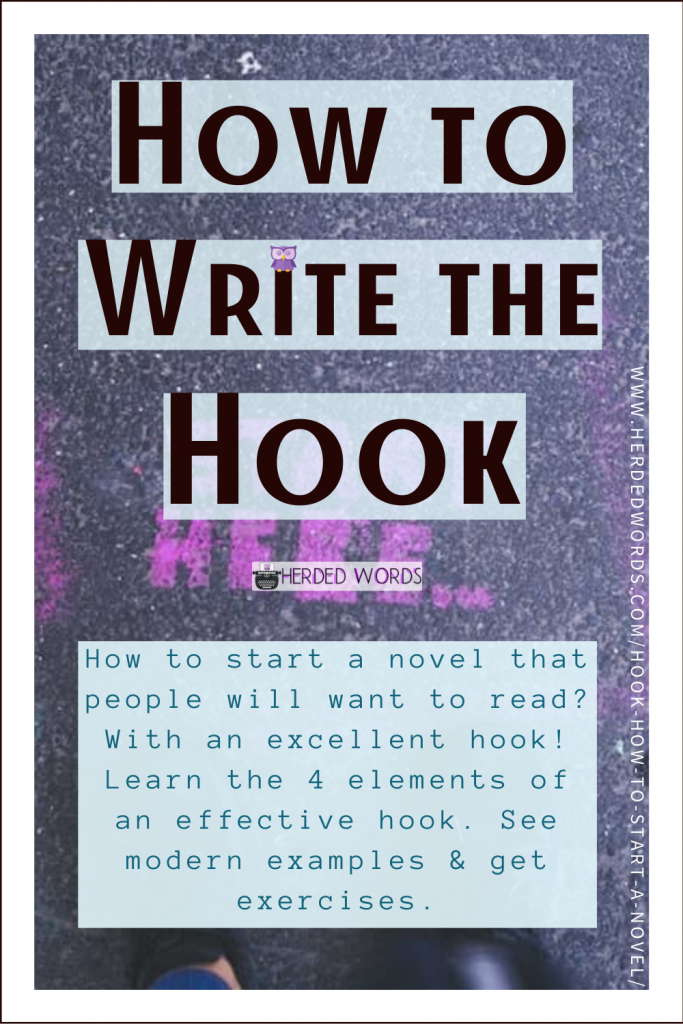






Your breakdown bullet points and your exercise are just incredible. Im autistic and adhd and an aspiring writer and pro writing undergrad, your teachings break everything down for me so well. Youre incredible. Thank you so much.